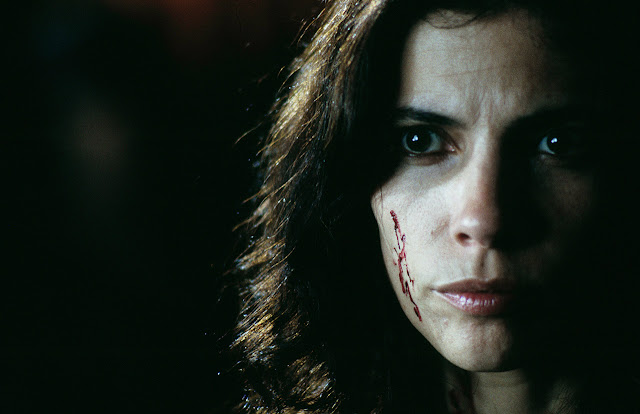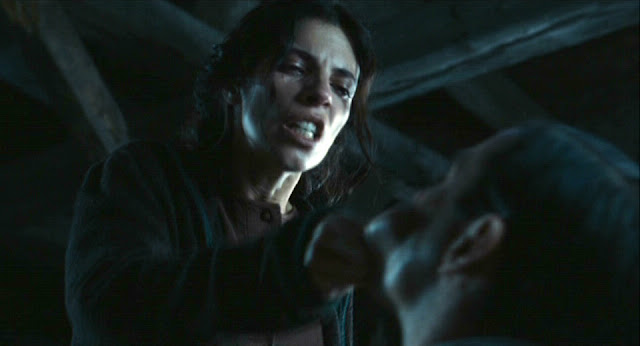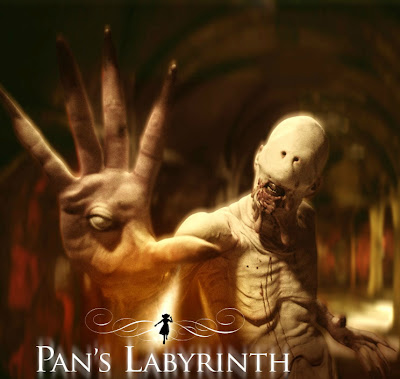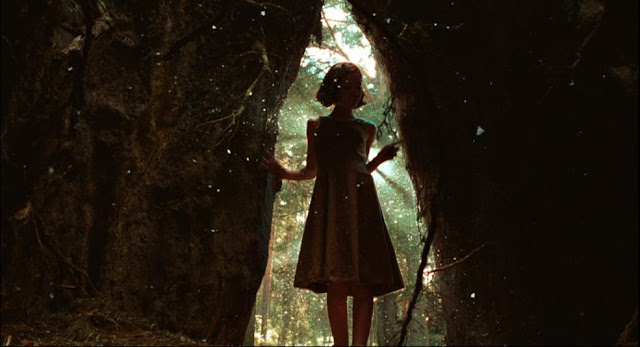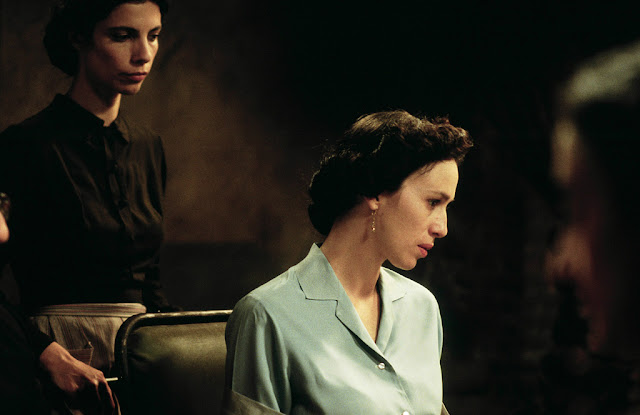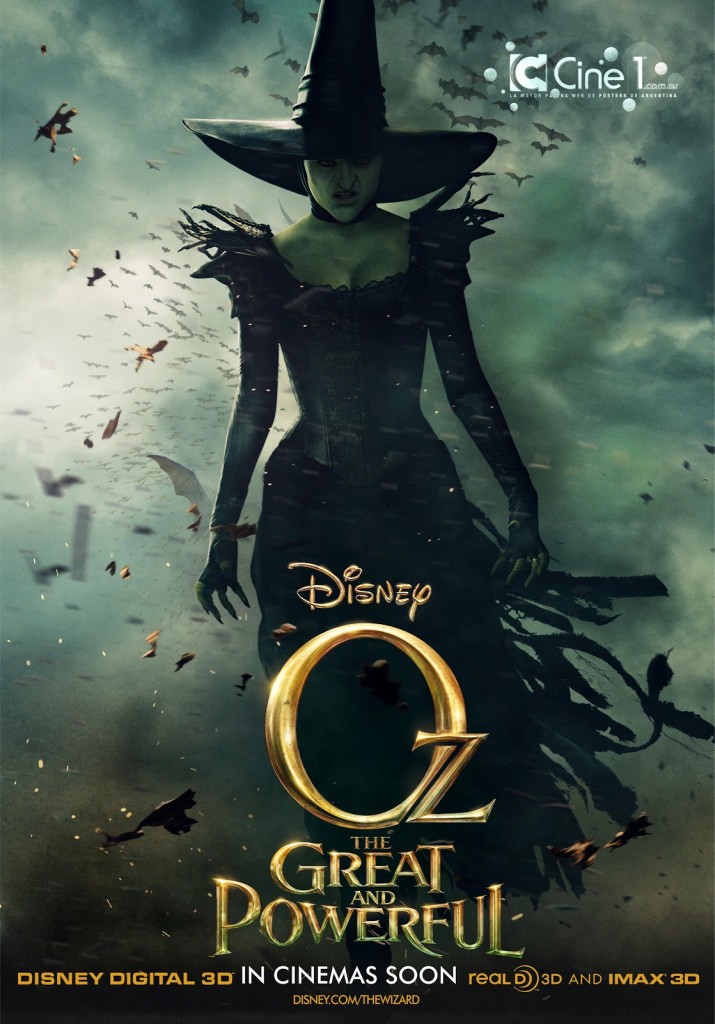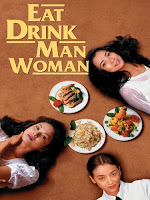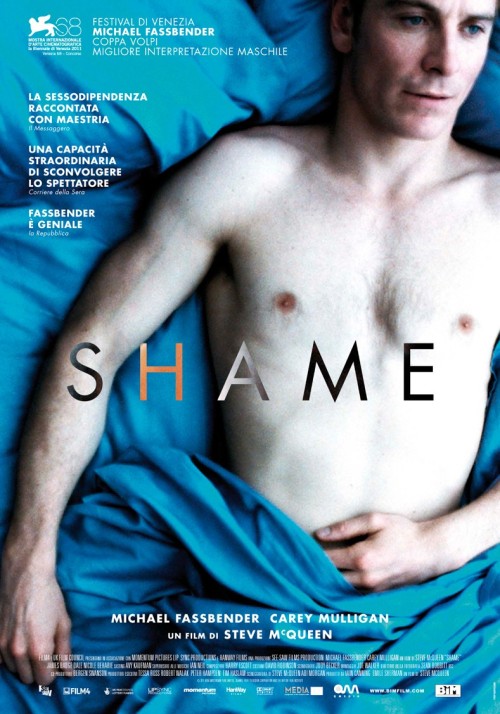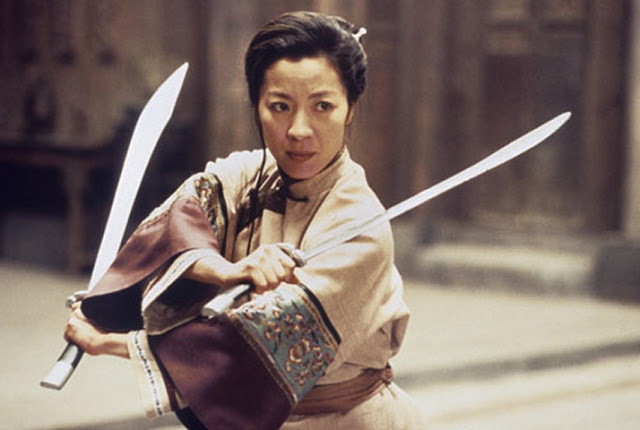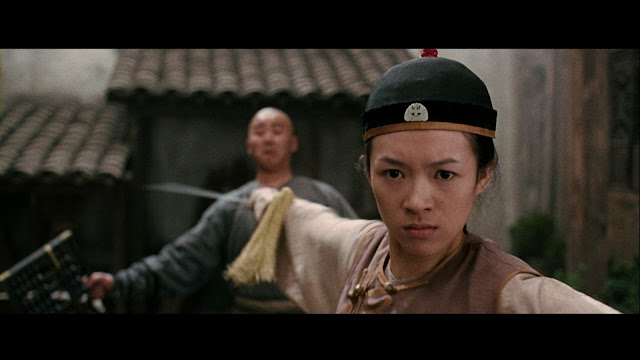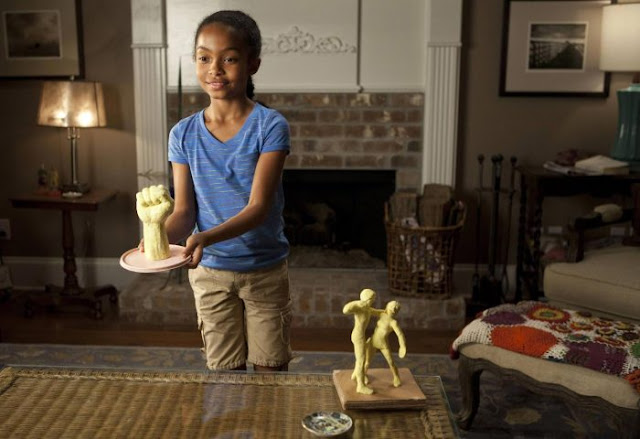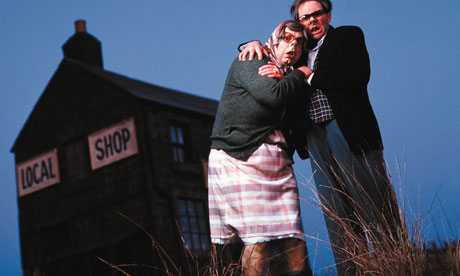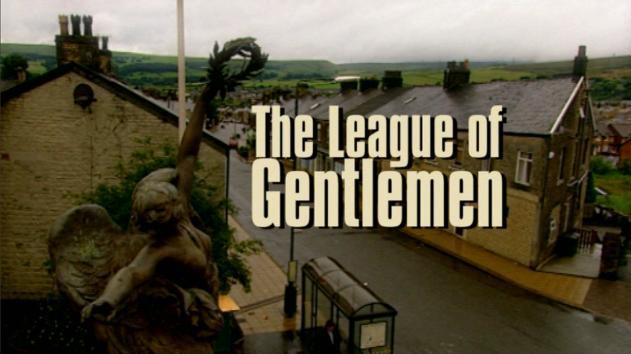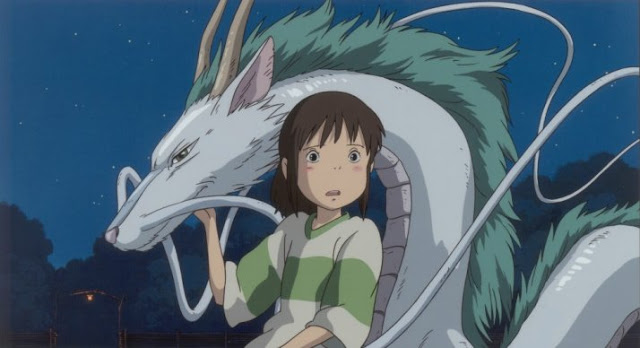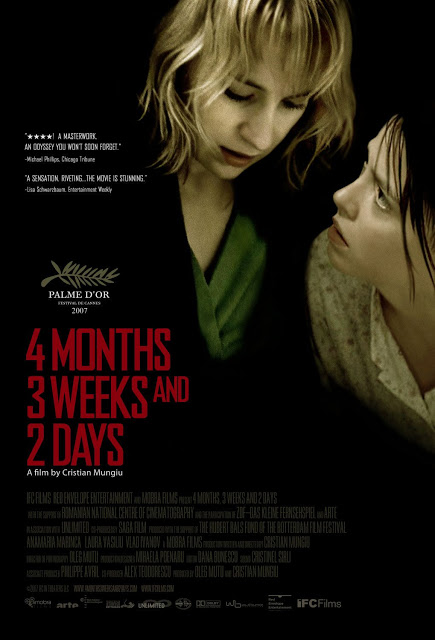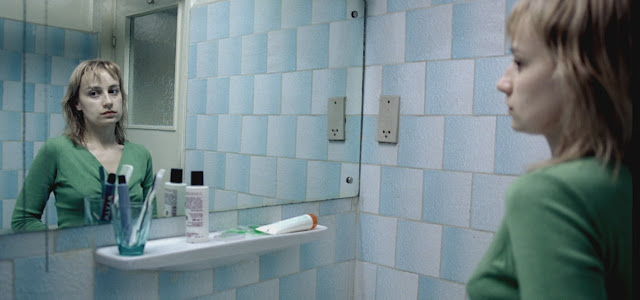 |
| Oz the Great and Powerful (2013) |
Dorothy Gale—the girl who went to Oz—has been called the first true feminist hero in American children’s literature. Indeed, she was condemned by many readers, including children’s librarians, for daring to have opinions and act on them.
My grandmother introduced me to the
Oz books as a child, and I have always seen her as a real-life Dorothy of sorts. Born in 1908, she loved travel and speaking her mind and–gasp–she preferred to read and write poetry than do dishes and cook. As a young woman, she did not take like a duck to the water of motherhood, and indeed seemed not to have liked it at all. To this day, she is referred to by the wider family as “abandoning” her two sons in favor of books and travel, though in fact her only abandonment was that of the traditional domestic role.
The new Oz film does
not include the brave and self-reliant Dorothy, nor any other character that I would identify as having my grandmother’s feminist spirit. The film speaks neither to the many strong female characters that populated L. Frank Baum’s books nor to the
feminist, progressive leanings of its author. Instead, it trades in the notion that women are indeed wicked—especially those women not “tamed” by a male love interest or father figure, as well as (horror of horrors!) those women who lack nurturing, motherly characteristics.
In the film,
Oscar Diggs is the one who journeys to Oz, not Dorothy, and this provides the basis for a much more traditional, or should I say regressive, story. Rather than, as in the original Oz book, having a female save many men and prove the male leader to be an ineffectual fraud, this time around we have an oafish male functioning as the love interest for various characters, transforming from ineffectual Oscar to the great and powerful Wizard and leader of Oz.
At the outset of the film, Oscar is a circus con-man/magician, readily admitting he is not a good man. Though he is framed as an unscrupulous, womanizing cad, he is also depicted as truly sweet and likable underneath—a sort of prince disguised as a beast. When Annie (Michelle Williams) tells him she is going to marry another man, the audience is meant to feel for poor Oscar—because Annie is framed as his “real love.” But by the close of the movie they are happily reunited, not as Oscar and Annie but as Oz the Wizard and Glinda the Good Witch. (This ending, by the way, and the romance threaded throughout the film, breaks a sacred belief of Baum’s that romance should not be featured in children’s tales.)
Baum’s continued insistence, both in his real life and his writing, that females are strong, capable, courageous and intelligent—and that tolerance, understanding and courage should guide one along life’s journey—are scuttled in favor of a movie heavy on special effects and light on character development, let alone any feminist or progressive message.
In contrast, the Oz books are full of intelligent, enterprising, courageous and self-reliant females. There are benevolent female rulers, such as
Ozma and
Lurline, as well as both good and bad witches. As noted at
Bitch Flicks,
Dorothy, Ozma and Glinda serve significant leadership positions in Oz. Princess Ozma is the true hereditary ruler of Oz—her position having been usurped by The Wizard. Glinda is by far the most powerful sorceress in Oz, and both Dorothy and Ozma often defer to her wisdom. Dorothy, of course, is the plucky orphan outsider who combines resourcefulness and bravery.
 |
Illustration of Dorothy and Toto from
L. Frank Baum’s 1900 novel. |
Indeed, the books would pass the Bechdel test with flying colors. Strong friendships between women, as well as women helping other women (and various and sundry other creatures, men included), run through the 14 original books. (Some current readings posit these relationships as more than friendship, as with the queer readings of the Dorothy/Ozma relationship, but that’s another story.) There are wicked women, but they are not wicked to the extent they are in the film iterations, the current one included, nor are the wicked/bad characters very powerful. In fact, the Wicked Witch of the first Oz book fears the Cowardly Lion and the dark, and is destroyed by an angry Dorothy with a bucket of water. Before dying she concedes, “I have been wicked in my day, but I never thought a little girl like you would be able to melt me and end my wicked deeds.” The Wicked Witch in Baum’s book did not have green skin or wear an imposing outfit; instead she is a rather funny-looking figure with one eye, three braids and a raincoat.
In Baum’s version of Oz, females were allowed to have power and show anger without being castigated—something rare in books from Baum’s era. Also rare were female protagonists in children’s books, which is why, according to
one scholar, “
The Wizard of Oz is now almost universally acknowledged to be the earliest truly feminist American children’s book, because of spunky and tenacious Dorothy.” Baum’s work even hinted at the instability of gender—as when Ozma is first introduced as a boy named Tip. Traditionally masculine in many respects after her turn to female, Ozma’s gender is thus represented as not only about physical characteristics or appearance, but as far more complicated. Quite postmodern and queer for a children’s book from the early 1900s!
In addition to these feminist characters and depictions of gender, the books also consistently celebrate tolerance and diversity and maintain what
Alison Lurie calls an “anti-colonial attitude.” This is no coincidence; rather, as documented in the BBC’s
The Wonderful Wizard of Oz: The True Story, “When L. Frank Baum wrote the
Wonderful Wizard of Oz book, his choice of heroine was heavily influenced by the battle for women’s rights.” He was married to Maud Gage, the daughter of
Matilda Joslyn Gage, the pioneering feminist and co-founder of the National Woman Suffrage Association.
While some still question feminism’s influence on Baum (as
here), and it is often wrongly claimed that he and his feminist mother-in-law did not get along (as in
The Dreamer of Oz), Baum’s faith in feminism never wavered. He supported feminism both within his own home (Maud ran the finances and his mother-in-law stayed with them six months out of every year) and in his writings (not only in the Oz books but in his journalistic work). Moreover,
Baum thought men who did not support feminist aspirations were “selfish, opinionated, conceited or unjust—and perhaps all four combined,” and he argued that, ”The tender husband, the considerate father, the loving brother, will be found invariably championing the cause of women.” (One wonders what he would make of director Sam Raimi and his decidedly un-feminist new depiction of Oz!)
Baum’s feminist biography aside, many aspects of the books stand on their own as fictional feminist tracts. For example, the second book of the series,
The Marvelous Land of Oz, features a fictional suffrage movement led by Jinjur, the female general of an all-girl army (their key weapon is knitting needles). At one point, Jinjur offers the rallying cry, “Friends, fellow-citizens and girls … we are about to begin our great Revolt against the men of Oz!” As a
New York Times‘ reviewer quipped, it is too bad this female army “didn’t storm Disney next.”
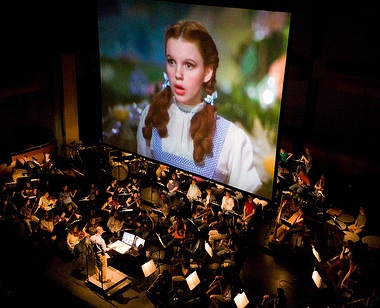 |
Symphony rehearses live performance of
1939 Wizard of Oz soundtrack. |
In contrast to the consistently anti-feminist Disney, Baum’s books can be viewed as children’s stories with distinctly feminist and progressive messages. Given that they were akin to the Harry Potter books of their day in terms of popularity and sales, this is hugely significant. Today, however, the books’ undercurrents of feminism and progressive politics have been overshadowed by the less-feminist 1939 film, The Wizard of Oz, and the many subsequent de-politicized adaptations.
In Oz the Great and Powerful, perhaps the most anti-feminist adaptation, Dorothy—the plucky and powerful girl from Kansas—is supplanted by a series of Oscar’s romantic interests, and this focus does not shift after a mighty storm transplants us from Kansas to Oz. There, Oscar quickly meets Theodora (Mila Kunis), who tells him of the prophecy that he is destined be the leader of Oz. However, she warns him, “You only become king after you defeat the Wicked Witch.” Metaphorically, for men like Oscar to achieve greatness they need to destroy powerful women. And, significantly, in order to destroy the witch Oscar must not kill her but destroy her wand—in other words, destroy her (phallic) power, destroy what makes her “like a man.” (I imagine Baum turning over in his grave).
Oscar, like the audience, does not yet know who this Wicked Witch is—a mystery that the film’s publicists went to pains to protect before it was released. This mystery suggests any female could be the Wicked Witch or, more broadly, that all women are or have the potential to be wicked.
When Oscar first meets Theodora, the audience is encouraged to view her as kind, helpful and beautiful. She, like the women from Kansas, seems taken by his charms. In contrast, her sister Evanora refers to Oscar as a “a weak, selfish and egotistical fibber.” Evanora’s fury, as well as her witchy get-up, encourages the audience to think she is the Wicked Witch. When Theodora insists Oscar is the wizard, Evanora’s caustic response—“’The wizard, or so he says. He may be an imposter. Sent here to kill us”—furthers the suspicion.
Then, when Evanora says “Maybe it’s you I’ve underestimated. Have you finally joined her side, sister?” the audience is once again encouraged to question who the “her” is. Theodora protests, “I am on no one’s side. I simply want peace. He’s a good man,” suggesting she is not on the Wicked Witch’s side. But Evanora retorts, “’Deep down you are wicked!’
Theodora then throws a ball of fire across the room, prompting the audience to once again question who the real Wicked Witch is. The mystery continues when Oz, his monkey sidekick Finley and the China Girl (a porcelain doll) spy a witchy-looking figure in the dark forest. But the scary figure turns out to be Glinda, who is quickly identified as a “good witch” not only through the ensuing dialogue but via her blonde hair and white dress.
This delaying of the true identity of the Wicked Witch and the suggestion that even good women can be, or at least appear to be, wicked, goes along with the fear of female wickedness that shaped not only the Renaissance era and its infamous witch hunts but continues to be a key trope in our own times. Sadly, the new film reifies messages contained in so many stories of the witch–that females not tied to or interested in men/family are jealous, duplicitous, vengeful and must be destroyed (or domesticated). The good females in the film function as a mother/daughter pair, both of whom, by film’s end, are tied to Oz as their patriarch.
The film can also be read as yet another story about how men are destined to lead while women are destined to mother. This goes directly against the original author’s beliefs; as
his grand-daughter notes, “He was a big supporter of women getting out into the marketplace and men connecting with the children and spending time at home.” In direct contrast, the film punishes female entrepreneurial spirit and pluck and never suggests that any of Oscar’s greatness comes from his desire to spend time at home. Instead, he is ultimately rewarded by becoming the “great and powerful” man the title refers to, and the female characters are either punished for refusing the maternal role (Evanora and Theodora) or rewarded for placing primacy on family (Glinda and the China Girl).
As wonderfully put in the New York Times review of the film, Oz the Great and Powerful “has such backward ideas about female characters that it makes the 1939 Wizard of Oz look like a suffragist classic.” While the 1939 film was decidedly less feminist than the book on which it was based, it nevertheless was far more feminist friendly than this current iteration.
That a book published in 1900 and a film that came out in 1939 are each more feminist than a 2013 film is troubling. The
NPR review agrees, but then claims that what this indicates is “that chivalry (or perhaps feminism) of the sort that Judy Garland could count on is not only merely dead, it’s really most sincerely dead.” Simplistic reading of chivalry aside, the suggestion that feminism is dead has perhaps never been more wrong than it is now. Sure, we still have our wicked witches to face (I am talking to you, Ann Coulter), but we also have a plethora of Dorothys and Ozmas and Jinjuras—not to mention L. Frank Baums.
It is particularly disappointing that films aimed at children and families continue to be not only un-feminist but devoutly anti-feminist, and they do so by drawing on the stereotypical witch figure of centuries ago—used, as Breuer puts it, to “frighten women back into domestic roles.”
Alas, just as the 1939 film reflected the economic realities of its time,
turning Baum’s story into a call for women to return to the home (as in, “There’s no place like home”), so too does this 2013 version speak to the current economic crisis. Times of economic downturn are predictably accompanied by sexist backlash—a sort of knee-jerk “Let’s blame it on the women that steal our jobs, refuse to do their duties (mothering, cleaning, etc.) and threaten the stability of family, of church, of the very nation.” Currently, this backlash is evident on many fronts–from the attacks against women’s reproductive freedoms, to the vitriol aimed at women who dare seek independence or even the right to report rape, to the hyperfocus on romance, sexuality and appearance as the only things that truly matter to women.
The message of the original book was that possibilities for a liberated world of tolerance and female equality was not merely a dream but a real place we could move to if we only had the courage (and the heart and the brain). The message of the 1939 film was that women can have some power, but home and family was still the best place for them (and liberation was merely a dream caused by a bad bump on the head). The message of Oz the Great and Powerful is that only men can save women and only men can save Oz; in other words, what we need to save us from falling off the economic cliff is not Dorothy, not Glinda, not the China Girl, but a gold-digging con man who is adept at smoke-and-mirrors politics but has about as much substance or real conviction as, well, many of our current world leaders. These frauds are apparently still better than any woman though—be she good, wicked, or made of porcelain.
Natalie Wilson, PhD is a literature and women’s studies scholar, blogger, and author. She teaches at Cal State San Marcos and specializes in areas of gender studies, feminism, feminist theory, girl studies, militarism, body studies, boy culture and masculinity, contemporary literature, and popular culture. She is author of the blogs Professor, what if …? and Seduced by Twilight. She is a proud feminist mom of two feminist kids (one daughter, one son) and is an admitted pop-culture junkie. Her favorite food is chocolate.

